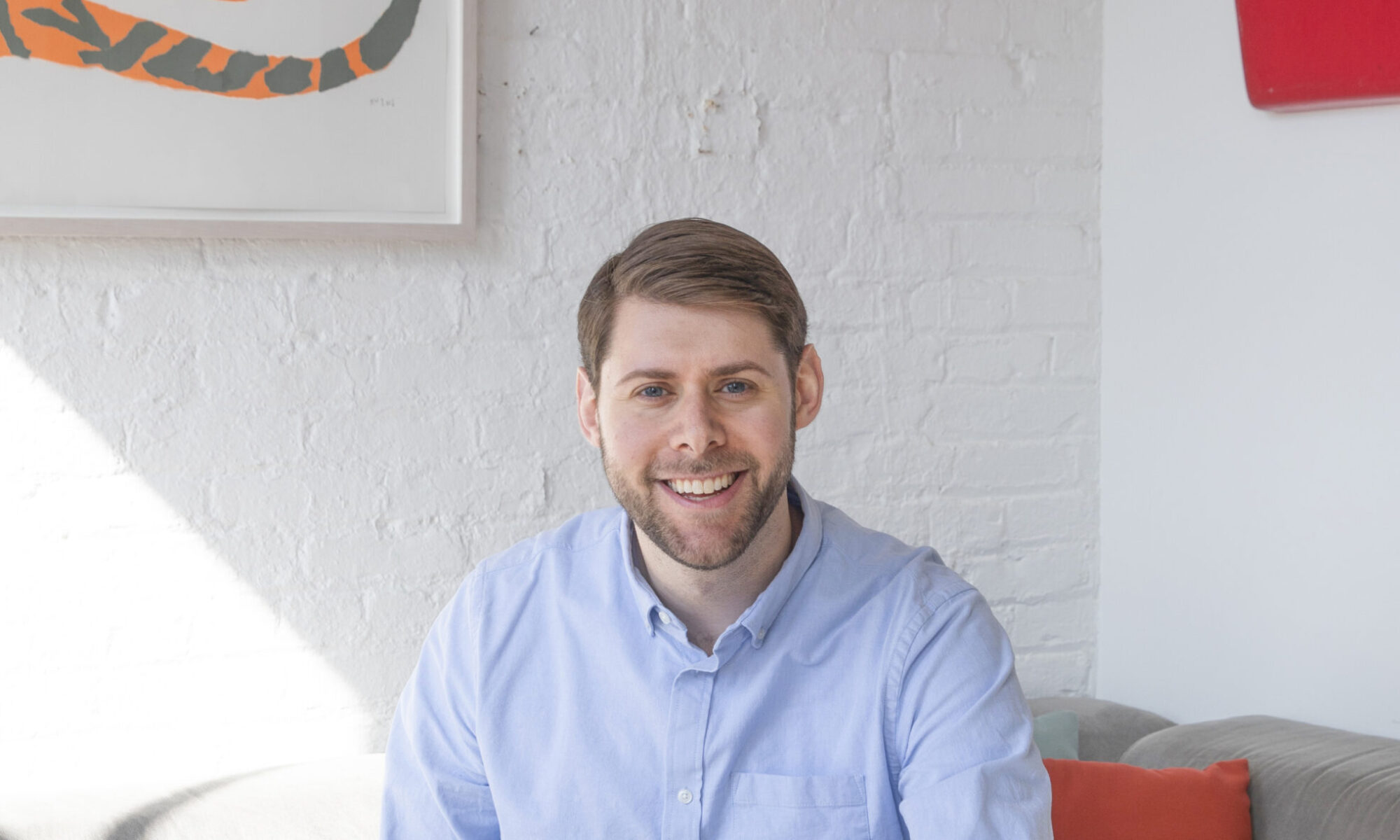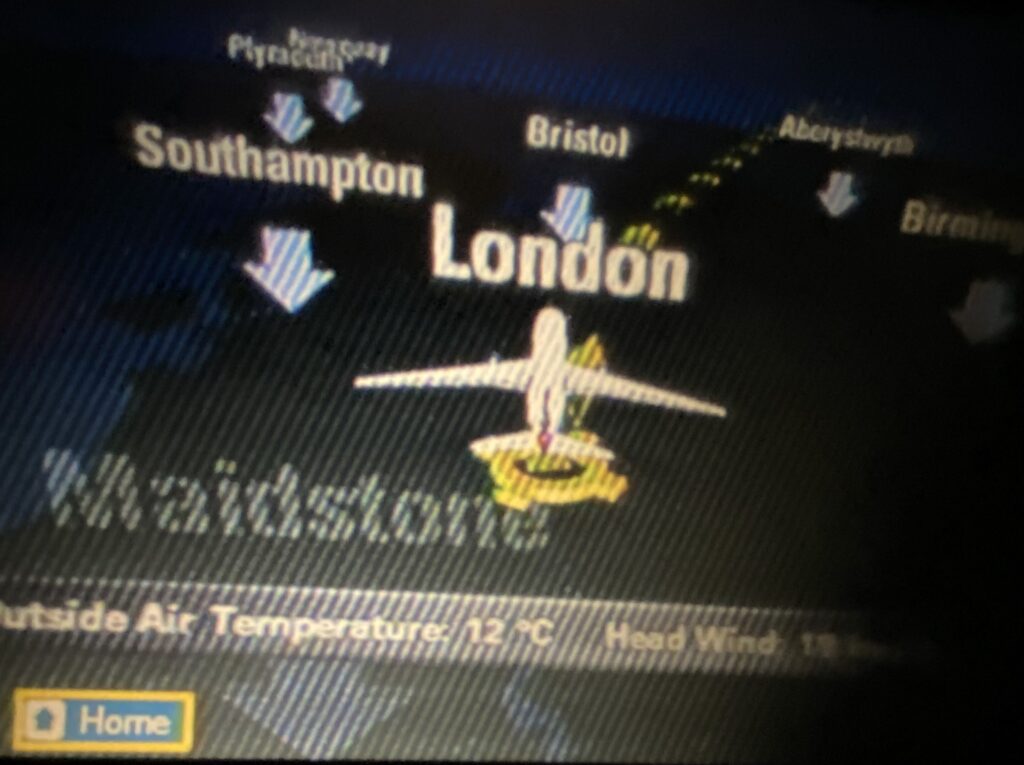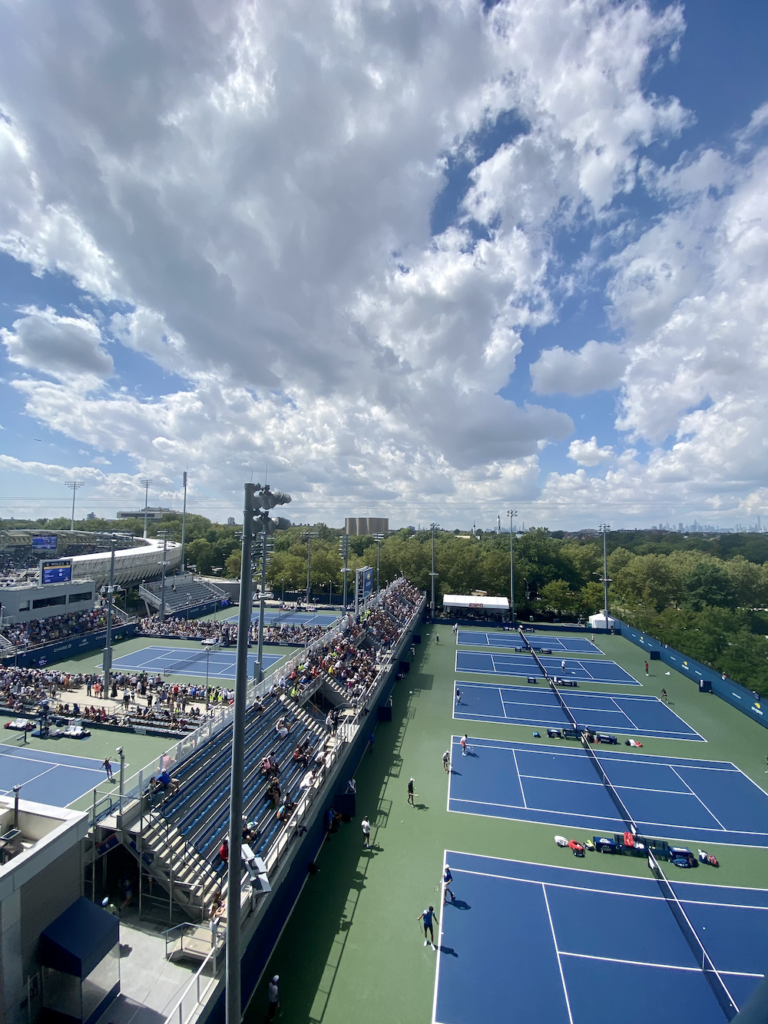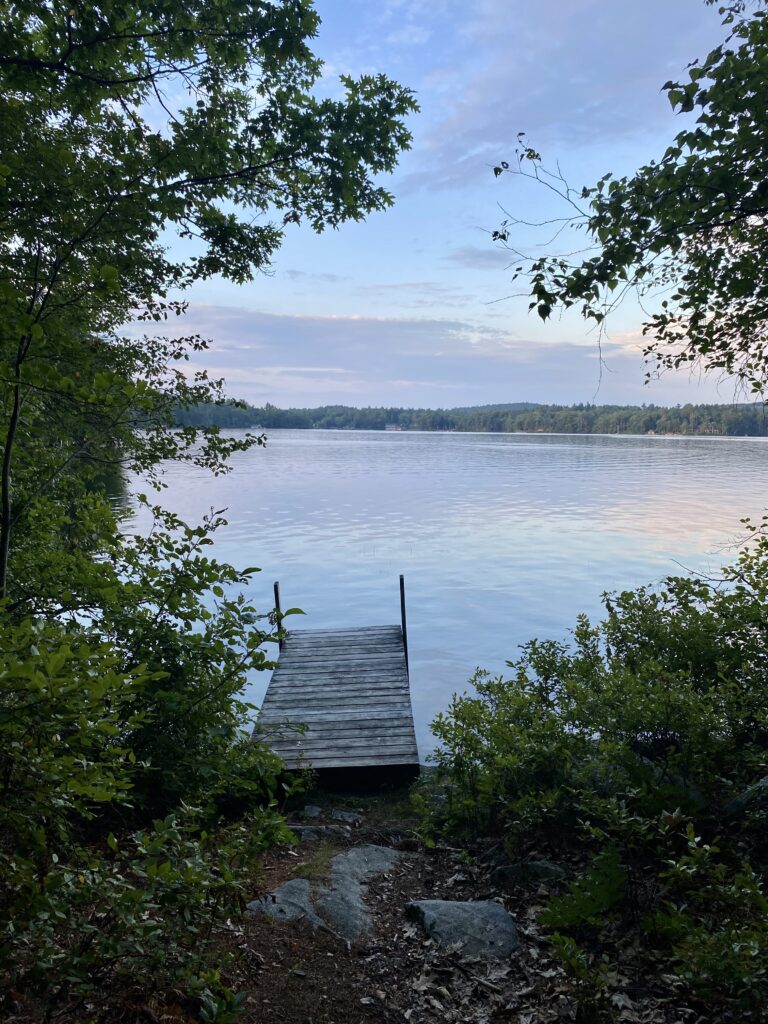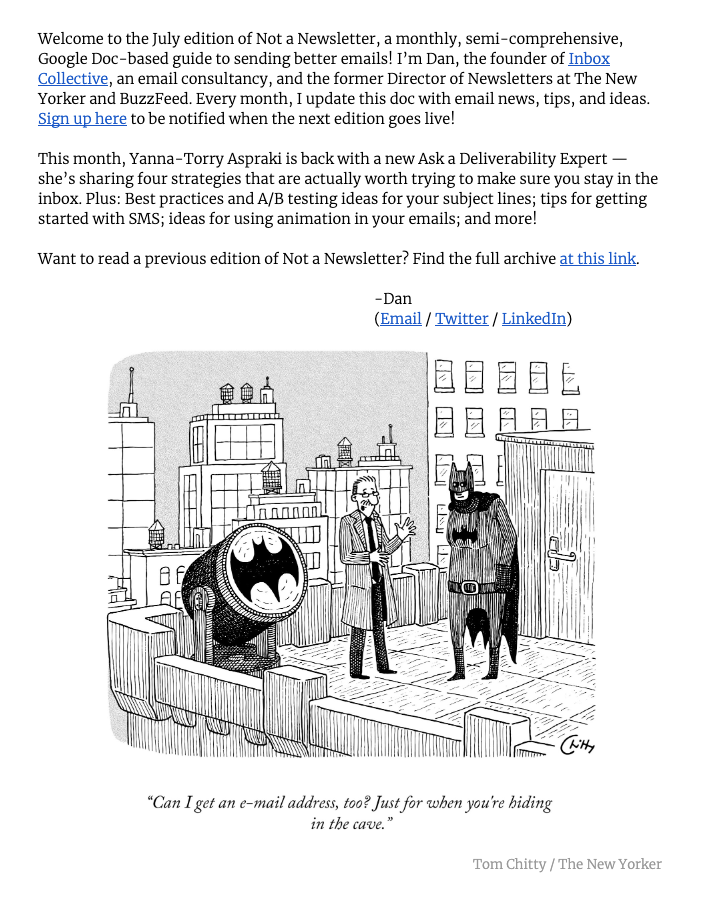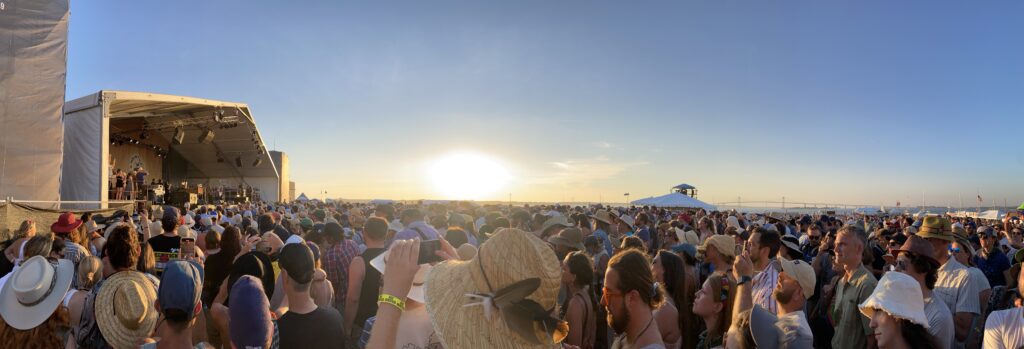Bob Uecker’s a former baseball player, and longtime radio broadcaster for the Milwaukee Brewers. (You might also remember him as the announcer from the movie “Major League.”) Last week, on the final day of the season, with the Brewers eliminated from postseason contention, Uecker spent the final broadcast of the season telling baseball stories.
Here’s my favorite of his, as explained by Frank Schwab of Yahoo Sports:
Bob Uecker today talking about how he started with the Brewers scouting the Northern League. He didn’t know to have a stopwatch. “I’d cup my hands like I had a stopwatch, then ask the guy next to me, ‘What did you have him at?’ They’d say ‘3.4 seconds.’ I’d say ‘Yeah, me too.'”
It reminded me of something Adrienne Miller described in her book, “In the Land of Men,” about her first day at GQ:
“As [GQ editor David] Granger and I spoke, it became apparent that I did have one thing going for me: I was able to talk about past issues of GQ. Later, he said that I got the job because I was the one person he’d interviewed who’d actually even bothered to open the magazine.”
“ ‘Never underestimate how unprepared most people are,’ he would later observe, correctly.”
Don’t forget your stopwatch. Read the magazine in advance. And if you’re not sure what you need for the first day, ask. Otherwise, you might not be prepared to do the work.
